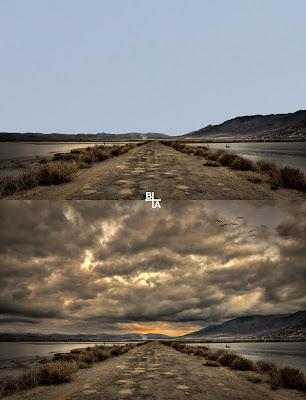I’m asked a very often if enhancing your photos in Photoshop with masked or cut out images is in some way cheating. I quickly remind people that it’s a concept that great artists have been using for centuries. Artists like Van Gogh would trek to the countryside, sketchpad in hand. He would sketch a landscape, an unusual tree, a bale of hay, a turbulent sky or a horse grazing in a distant field, then back at his studio he would assemble his sketches into the masterpieces we know today.
Vinny didn’t have Photoshop, but his principal of not limiting himself to what was in front of him on any given day is the same today when we sit down in front of our computer, open Photoshop and start layering in masked images to enhance the basic photo. What your imagination sees most times cannot be captured in one photograph and you leave a lot on the table if you don’t use all of the amazing digital tools we have our disposal today.
So go forth into the field as Vinny did and visit us at
www.layercakeelements.com to learn more about making better photographs!
-->
Vinny may have not created Starry Night this way, but great artists have practiced the principal of LayerCake for centuries.










